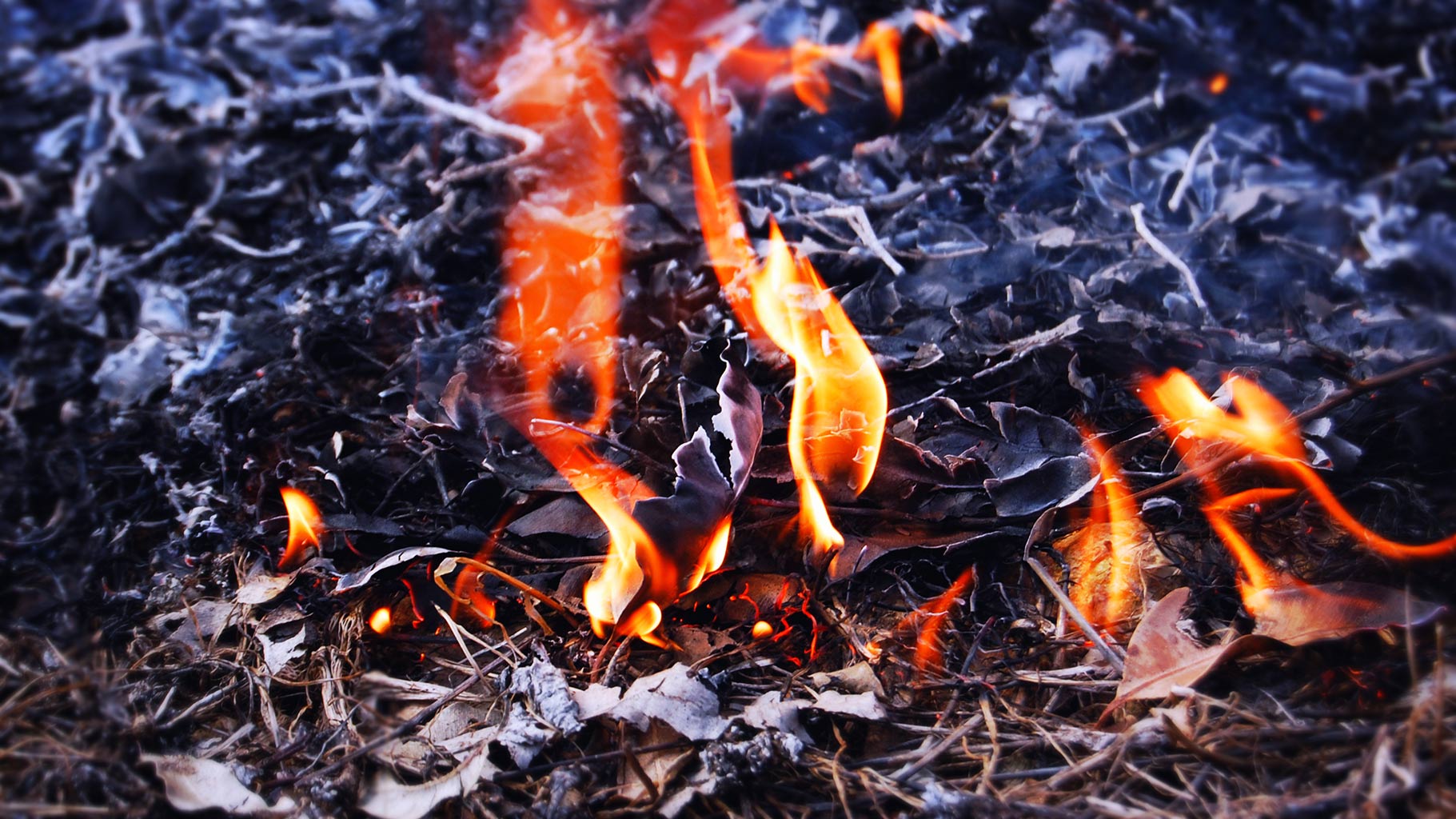The 4 things a bushfire needs
There’s a lot of research happening, trying to figure out how bushfires work and how best to predict them and mitigate their potentially catastrophic impacts. Current thinking around predicting bushfires is that there are four ‘switches’ which all need to be ‘turned on’ for a fire to occur:
1: Fuel to burn
The Australian bush, though it has a reputation for being dry and scrubby, varies greatly from place to place around the country. We have regions of open woodland, grassland savannah and dense rainforest. A bushfire will burn anything that it finds in its path, but different types of vegetation burn differently. Generally, fuel is classified as being fine (grasses and twigs that are less than 6 millimetres in diameter) or heavy (branches, logs or stumps). Finer fuels ignite more easily and burn faster, feeding the spread of the fire. Heavier fuels burn for longer and release large amounts of heat, making the fire more difficult to put out,
Fuel loads accumulate in different types of vegetation at different rates. In Western Australia, jarrah (Eucalyptus marginata) forests build up fuel at a rate of around 1–2 tonnes per hectare per year, while karri (Eucalyptus diversicolor) forests, typical of wetter, more productive environments, accumulate around 3–4 tonnes of fuel per hectare per year.
2: Dryness of fuel
Another key factor is fuel moisture—how dry the bush is. The drier the fuel, the more easily it will ignite and burn. Fuel fits into two main categories: live and dead. Live fuels contain moisture that is regulated by the plants’ physiology as well as the amount of recent rainfall. Dead fuel’s moisture content tends to reflect the atmospheric moisture content—the relative humidity of the air and level of moisture in the soil. These depend on recent rainfall and temperatures.
Researchers are developing methods of using remote sensing data from satellites or aircraft to detect the relative dryness of various locations. Satellites can pick up changes in the greenness of vegetation, an indicator of vegetation dryness. This is particularly important in grasslands.

3: Weather conditions
Long-term seasonal weather patterns, such as periods of drought or rainfall, can affect the availability and moisture content of vegetation and the fuel available for a fire to burn. The weather on any given day—the relative humidity, temperature and wind strength—will determine how easily fuels ignite and keep on burning. A fire is much more likely to ignite, and continue to burn, in hot, dry and windy weather.
4: Source of ignition
Sources of ignition are varied. Lightning strikes can provide the initial spark that sets off a bushfire, and cause around half of Australia’s bushfires. Other causes are human related, namely accidental ignition, arson, a cigarette carelessly tossed out of a car window. Faulty electrical wires can also cause fires in dry, windy days.
Monitoring and understanding these factors help researchers and fire-managers predict where and when bushfires are likely to occur, and how extreme they may be. Understanding and observing local ground and weather conditions is also important for local landholders, machinery operators and fire services to manage fire risks.





